Continuing with the Indias By… series, we turn our attention to genders.
Men
Let’s face it – it’s good to be a man in India.
Young boys (especially if they are only-sons) are often pampered and given as much freedom as possible. They have a lot of expectations on them during school, but a few rounds of cricket every weekend are highly encouraged. Around the house, the main responsibility is to eat well, study, and stay out of too much trouble.
College is the peak of the male experience in India. Very low responsibilities, very low commitments, very low financial burdens, and surrounded by other fun-loving guys. They will roam the streets in (mostly) harmless gangs, laughing and leaning on each other. Most Indian men have very tight bonds with their college classmates well through their adult lives.
Elders at this point will view any young man’s actions as permissible, as long as it involves him moving towards a good paying job to support the family. Even politicians have a ‘boys will be boys’ attitude and many exhibit broad permissiveness when it comes to crimes.
Once he gets a job in a good company, the man’s role is to work long hours and bring in as much money as possible. If he’s living in a joint family, his wife and mother are often focused on the children, and so he has time to spend with friends or other vices if he chooses. He also usually has the prerogative to demand hot, fresh food every day.
Later in life, a man’s main responsibility is to find spouses for his children, take care of his parents, and begin to take over more responsibility for handing family decisions and finances.
Life is pretty straightforward and simple for men in India. They know what is expected of them and know what they are allowed to demand as well. Role models for masculinity exist in many forms, but the most pervasive are the film stars, who are often mischievous, aggressive, boyish, charming, invincible, smart-alecky, and irresistible to women. However, scientists, business leaders, and cricketers are also prime examples of being a man.
A recent study found that 41% of men across the country were ‘rigidly masculine’, meaning they had both weak gender attitudes and highly controlling behavior. On the opposite side, 25.6% were ‘equitable’, meaning they held more egalitarian attitudes and were also less controlling in their behavior. (This is across all Indias – economic, urban/rural, regional, and religious.)
Women
From the start, girls have a disadvantage against boys. The 2011 census showed that there were 914 girls for every 1000 boys. (The Global Average is 986. Click here for an infographic by Indian states.) The reasons are fairly obvious. A son not only brings pride to the family name, but is also a form of social security when parents get older, since they are supposed to provide for parents. No son means you must depend on the generosity of your son-in-law who is also supporting his parents. Sons might bring a dowry when married, and it is also extremely important that a son perform religious rites at the father’s funeral.
A daughter is raised until she is married, when the family must spend a lot of money to host her wedding. After the wedding, the daughter traditionally lives with the son’s family and does not have as much contact with her birth family after that. There is more contact with both sets of parents in modern families, but this is still the norm across all India.
Roles for Indian women are much more vast than men. The woman must be a wife, cook, mother, maid, house manager, teacher, and daughter-in-law. Her quality is measured in the roundness of her chapatis and how well her children gain weight. She should be equally a harsh disciplinarian and a pampering mother. She must spend time learning computer science from the IT at her office so that she can coach her son when he gets home from school. Nothing is outside of her responsibility.
Although Majority Indian women have been in the workforce for a long time (often carrying bricks and a baby at the same time at a construction site), Classic and New Indian women have also started to enter the workforce in droves, experiencing both the liberation and stresses of earning an independent salary. While the stereotypical role of a woman is in the HR department of an IT company, many have risen to very high positions across industries.
Perhaps no story better encapsulates a professional woman’s struggle than the one from Indra Nooyi when she told her mother she had just been named the President of PepsiCo. Here’s an excerpt, but you should read the full article:
I banged [the milk] on the counter and I said, “I had great news for you. I’ve just been told that I’m going to be president on the Board of Directors. And all that you want me to do is go out and get the milk, what kind of a mom are you?”
And she said to me, “Let me explain something to you. You might be president of PepsiCo. You might be on the board of directors. But when you enter this house, you’re the wife, you’re the daughter, you’re the daughter-in-law, you’re the mother. You’re all of that. Nobody else can take that place. So leave that damned crown in the garage. And don’t bring it into the house. You know I’ve never seen that crown.”
India’s relationship with its women is very complex. Indians have been called mother-lovers but women-haters. Some housewives who live in well-off families and are rarely denied any luxury still must ask their husbands for a ten-rupee note. Yet, in some communities like the Nayars of Kerala, the heritage is entirely matrilineal and children take their mother’s name instead of the father’s.
Across modern India, women face unprecedented opportunities and advancements, but also new fears and threats. They receive love and respect, but also disregard and dishonor. This balancing act will likely carry on for decades to come as India continues to figure out how to relate to its women.
Transgendered
Transgendered people officially became the third gender of India in April of 2014. (You can even choose it on the online Indian Visa Application form.)
Transgendered people are called ‘hijras’ in certain parts of the country, often translated as eunuch. They have been an important part of the cultural landscape for centuries. In the north, it is considered good luck to give them money at a happy occasion like a marriage or birth of a child. These groups often live in their own communities around a central mother-figure. Here are a few additional links to learn more about these communities:
http://india.blogs.nytimes.com/2013/12/19/the-ties-that-bind-transgendered-communities/
The relationships between the genders have undergone more change in the last 20 years than in the preceding 2,000. Especially in urban areas, you will find most men and women eager to march into more egalitarian and progressive attitudes towards gender relationships. However, they are still figuring out how to make sure the parathas are hot when the husband and the wife get home.
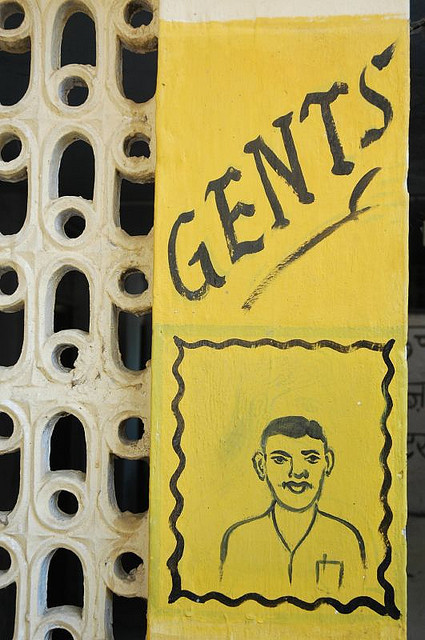
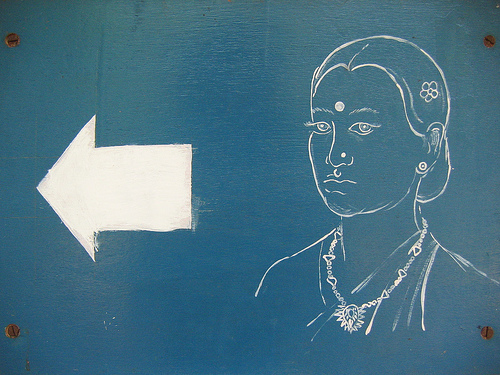
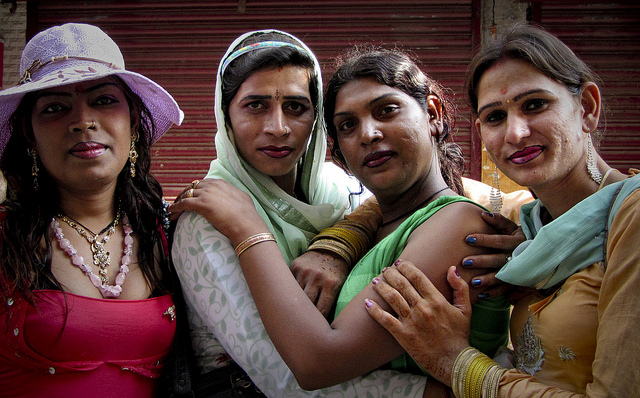

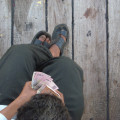

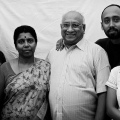
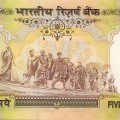
Brilliant post.
Thanks!